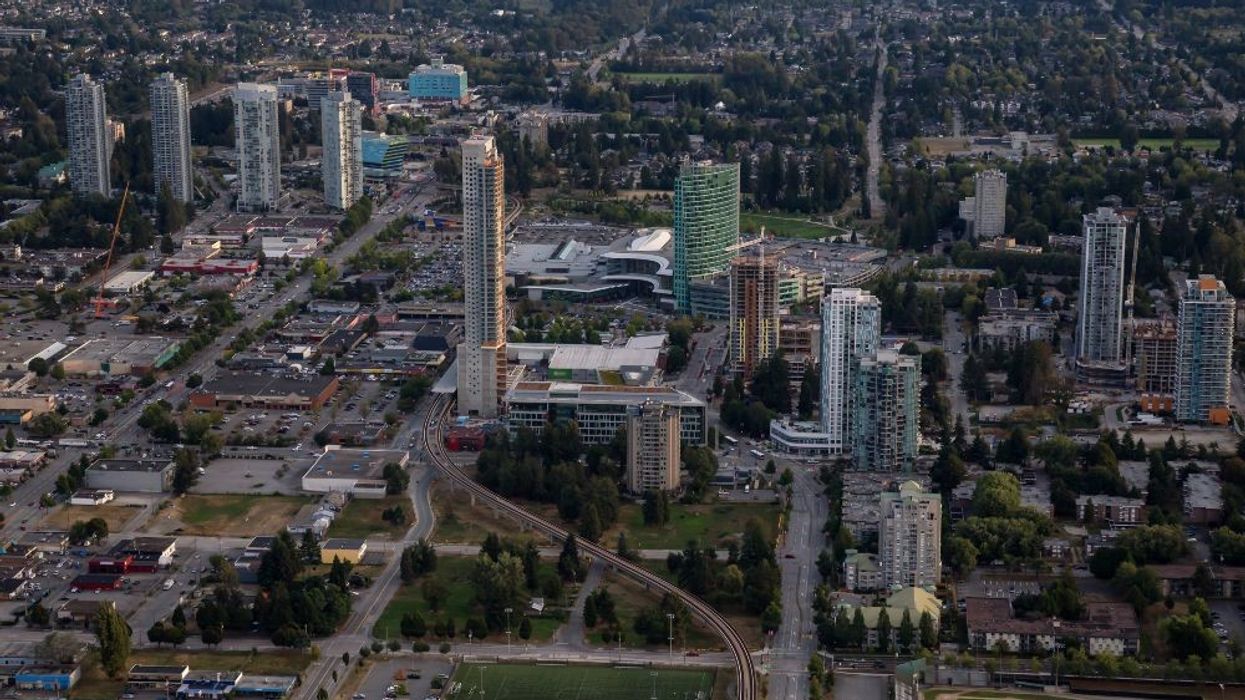Winters are usually relatively slow when it comes to real estate activity, but even taking into account seasonal trends, the Fraser Valley is starting the year off at a very slow pace, according to January statistics published by the Fraser Valley Real Estate Board (FVREB) on Thursday.
In January, a grand total of 626 sales were registered -- a 12.6% decrease compared to December, and a 52.2% decrease compared to January 2022.
This time last year, real estate markets were still being carried by the pandemic-induced wave of activity. But now, FVREB says, sales haven't been this low in January since back in 2013, which saw 617 sales.
"Buyers are understandably cautious, which explains the slow start to the year," FVREB President Sandra Benz said. "That said, the pent-up demand that has been building since the last quarter of 2022 will likely give rise to a sales uptick, especially if rate hikes subside, which we expect will be the case."
By a different metric, the number of new listings in January also hit a low that has not been seen in quite some time -- January 1984, to be exact -- although FVREB notes that last month's 1,833 new listings is an increase of 128.3% compared to December.
The number of active listings, however, is fairing better, rising 5% since December to 4,118 -- a 76.6% increase compared to January 2022.
Regarding inventory, Benz said that the FVREB is expecting numbers to increase in the coming months as sellers who have been perhaps put decisions on hold finally act, which should increase the selection of property types as well as demand.
The Market Lean
So, is the Fraser Valley real estate market leaning towards buyers or sellers at the moment?
The aforementioned statistics allow us to identify the sales-to-active-listings ratio, which provides a quantitative measure of which direction the market is leaning.
A ratio below 12% is considered a buyers' market, while a ratio over 20% is considered a lean towards sellers, with anything in between generally viewed as a balanced market.
With 626 sales and 4,118 active listings as of January, the sales-to-active-listings ratio is 15.2%, indicating that although activity is off to a slow start, it's at a fairly good balance. In December, the ratio was at 18.2%, perhaps indicating movement towards favoring buyers.
A second quantitative indicator of the market lean is the sales-to-new-listings ratio, where 40% or lower is considered a buyers' market, 55% or higher is considered a sellers' market, and a ratio in between viewed as balanced.
With 626 sales and 1,833 new listings recorded in January, the sales-to-new-listings ratio is 34.1%, indicating that the market may in fact currently be more favorable for buyers.
READ: Fraser Valley Home Sales Fell 45% in 2022, But Now Balanced
Prices Continue to Drop
In January, the average amount of time it took to sell a single-detached home was 48 days, while townhouses took an average of 40 days, and apartments took an average of 41 days. In December, those averages were 42 days, 39 days, and 33 days, respectively.
Looking at prices, the composite residential benchmark price is now at $942,000, decreasing by a slight 1.4% compared to December and 15.1% compared to this time last year.
The benchmark price is now $1,357,800 specifically for single-detached homes, $773,100 for townhouses, and $503,700 for apartments. All three benchmark prices have decreased slightly compared to December, but a bit more so compared to January 2022.
"With rates still elevated," FVREB CEO Baldev Gill said, "buyers and sellers would be well-advised to seek out the guidance of a professional Realtor to determine the best strategy and timing to take advantage of the anticipated market upswing. After a market slowdown for the past several months, the Board is expecting a return to seasonal activity leading into spring."


















